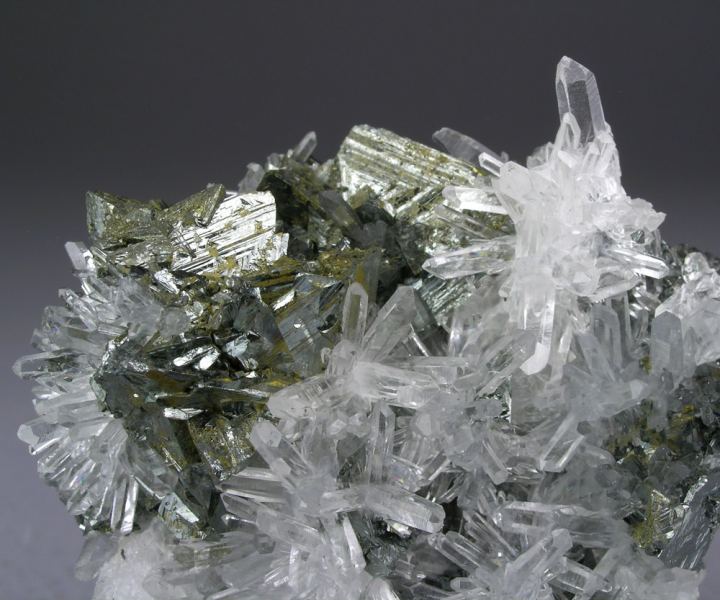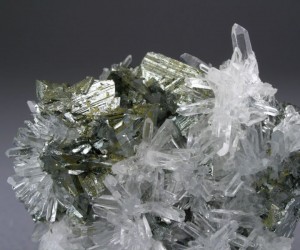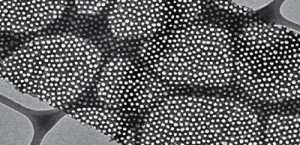July 17, 2014 – Never heard of tetrahedrite? It’s a copper-antimony sulfide. It can contain silver, copper, zinc, mercury or iron. The antimony could be replaced by arsenic or tellurium. And the sulfur may be substituted by selenium or tellurium. It has a crystalline appearance, seen here in a steel-gray metallic appearance in combination with quartz crystals.
Tetrahedrite is quite common. Large deposits of it can be found through much of central Europe, Andean South America and in western North America.
So what? A California company, Alphabet Energy, has a high opinion of the characteristics of tetrahedrite and this month announced an agreement with Michigan State University to commercialize the material for thermoelectric systems. The manufacture thermoelectric generators. They use waste heat and turn it into electricity. Drop one of their generators into an existing power plant or manufacturing facility and watch it transform the heat your processes generate into usable energy.
We have been using thermoelectric generators for a number of years. Most notably NASA has relied on thermoelectric power generation to operate numerous robotic spacecraft and landers including Voyagers I and II, which today keep ticking after 37 years in flight.
Closer to Earth, Medtronic, a major manufacturer of cardiac pacemakers use thermoelectric generation as a power source for its implants. There are even watches that keep running using the thermoelectric conversion of heat from the wearer to provide power.
How do thermoelectric generators work? The waste heat recovered from an existing process is transferred to thermoelectric material which is then used as an electrical conductor. Tetrahedrite turns out to be a perfect thermoelectric medium, not a good thermal conductor but an excellent electrical conductor. So when a sample of tetrahedrite is exposed to a heat source only a portion of its warms up and that creates a thermoelectric effect with electrons flowing from the warm area to the cold.
Tetrahedrite is also inexpensive costing about $4.00 per kilogram ($8.40 per pound). Other thermoelectric materials are 6 to 25 times more expensive.
The company is currently working with automotive companies on a plan to harness the excess heat produced by internal combustion engines that gets blown out the tailpipe. The energy gained by using thermoelectric materials could dramatically improve hybrid-electric vehicle performance and also be used to provide energy to the internal electronic components within to improve overall performance in internal combustion engine-driven automobiles.
Tetrahedrite could also be used to extend the battery life of many digital devices. Think of the heat your laptop generates and imagine if captured how much longer you could work unplugged.


















[…] The company is working with Michigan State University to turn a common mineral into a thermoelectric power source for use in cars, etc. […]